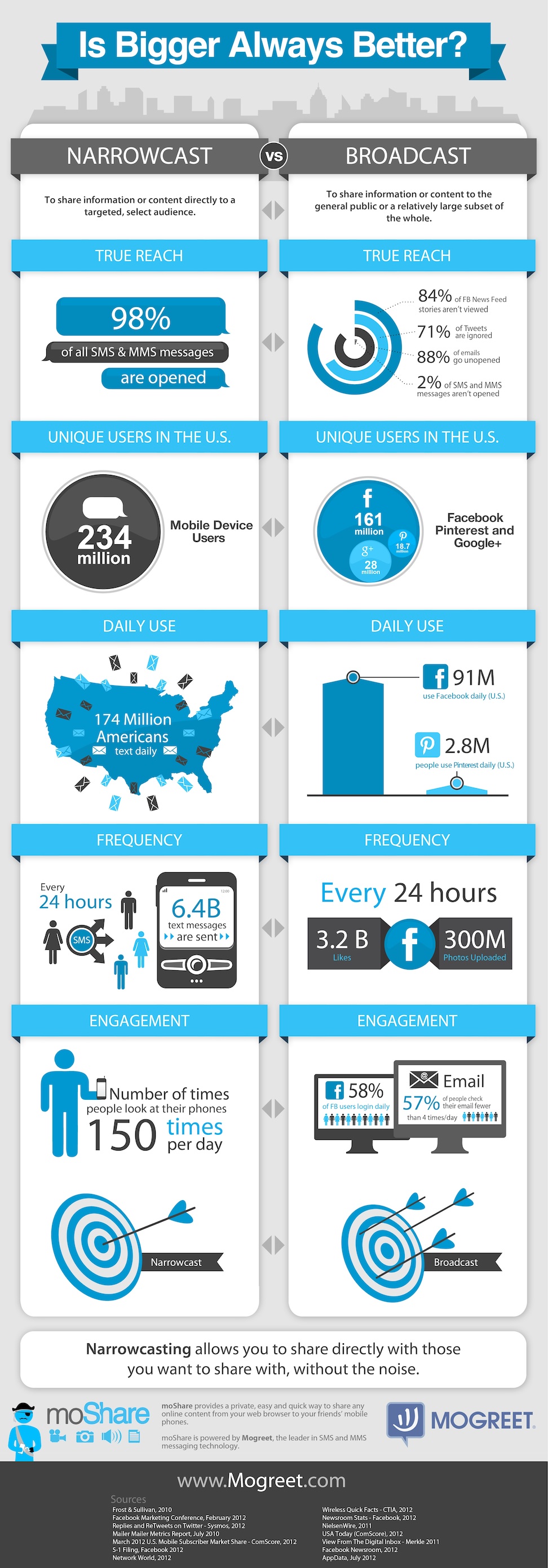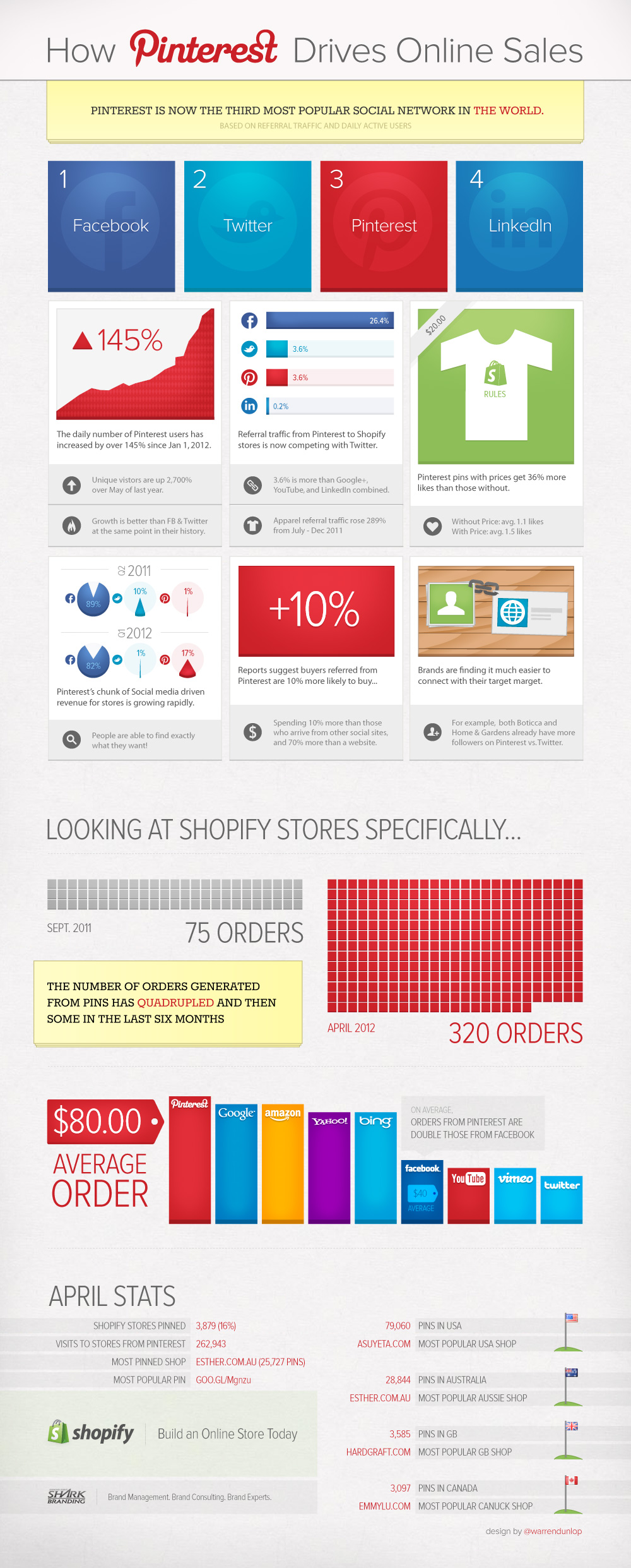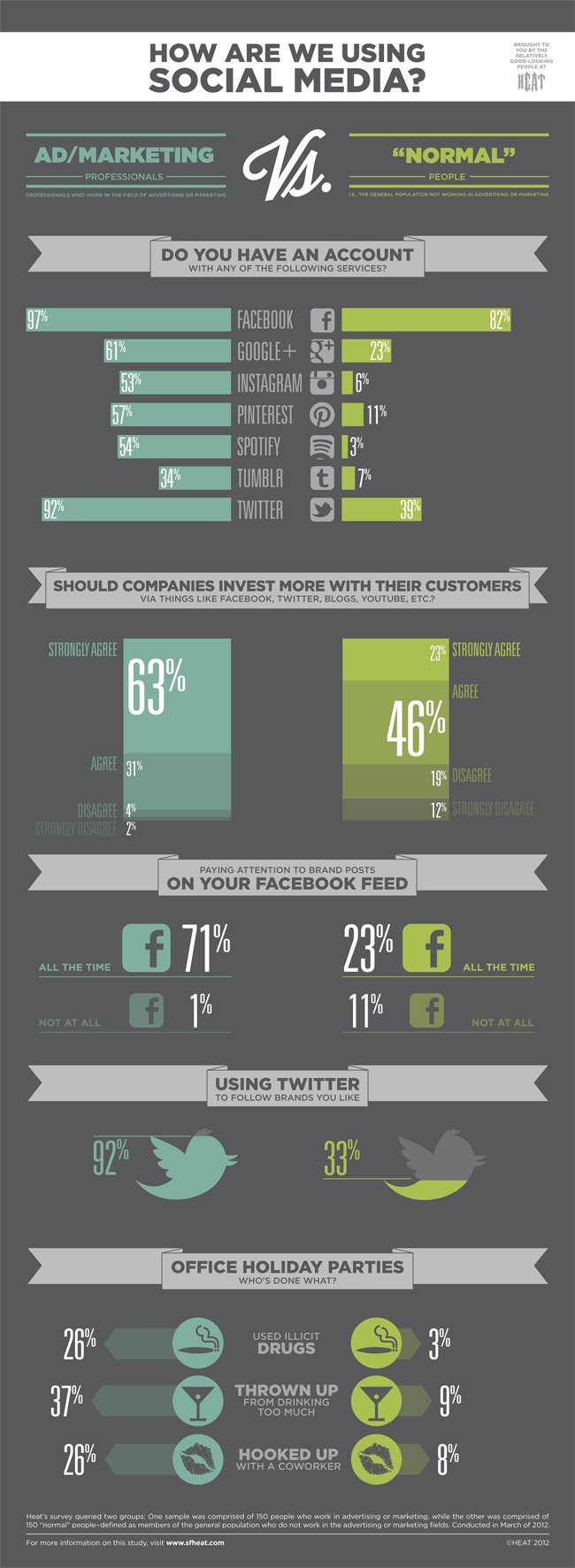Social Media Profile Image Size Guide [Infographic]
Consistent branding across your website, print, video, website, and social media accounts is essential in a modern world where consumers are hit with countless advertisements in a single day. It becomes even more difficult when each of those medium’s creative require different sizes, color, software, time, and expertise to produce. Take just publishing your logo on different social media profiles for example. You have to design different creative at a wide variety of sizes for Facebook, Twitter, LinkedIn, YouTube, Pinterest, and Google+.
Original Ginger, a “Digital Agency located in the heart of historic Fort Langley, a hip and artistic suburb of Vancouver BC”, created an infographic that quickly communicates the image sizes of each of the popular social media companies. Use this to work with your agency or have your design team prepare your creative so that you can have one look and feel to your brand across them all.
Quick Summary:
- Facebook Cover: 851 x 315
- Facebook Profile: 200 x 200
- Facebook App Boxes: 111 x 74
- Twitter Background: 2000 x 1200
- Twitter Profile: 128 x 128
- Twitter Company Header: 1200 x 600
- LinkedIn Profile: 200 x 200
- LinkedIn Company Banner: 640 x 220
- YouTube Avatar: 1600 x 1600
- YouTube Channel Background: 1500 x 2000 or 1200 x 2500
- Pinterest Avatar: 180 x 180
- Pinterest Image Max Width & Height: 554 & 5000
- Google+ Banner: 2120 x 1192 *UPDATED!
- Google+ Profile: 250 x 250
- Google+ Company Banner: 110 x 110



